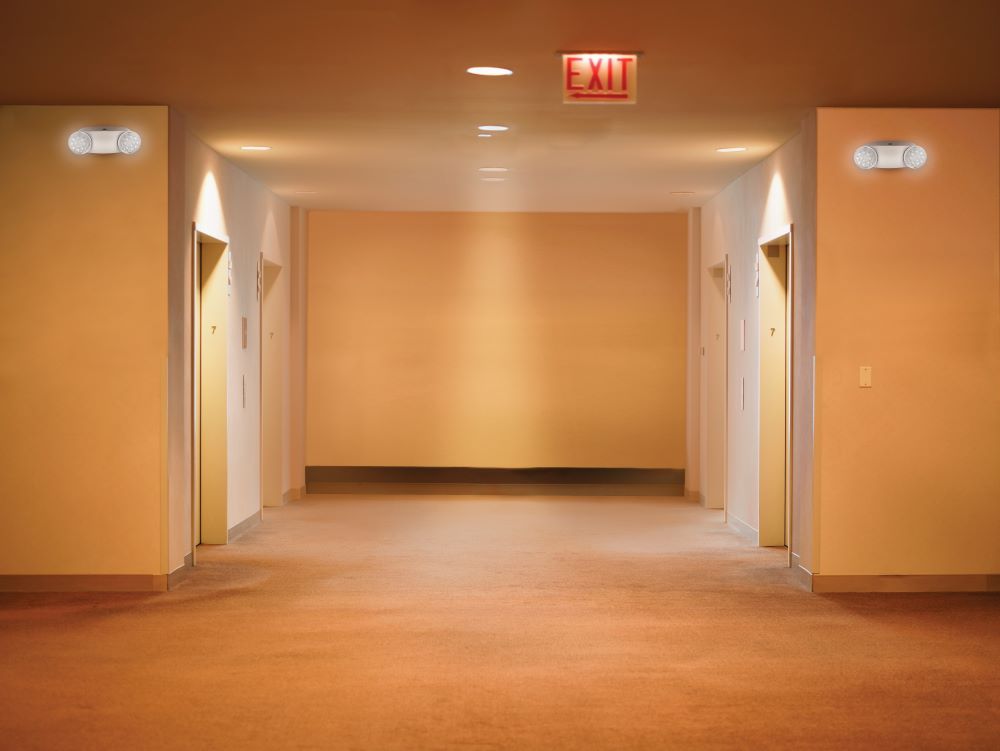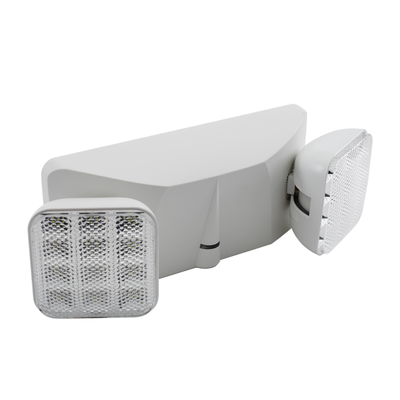LED emergency lights, also known as egress lighting, utilize energy-efficient LEDs for illumination, ensuring occupants have ample time to evacuate safely with a minimum 90-minute lighting duration post-power loss. Unlike traditional setups with sealed lead acid batteries, LED fixtures operate on low voltage, enhancing efficiency and reducing maintenance requirements. Regulatory bodies like OSHA, JCAHO, and NFPA mandate specific guidelines for emergency lighting placement, requiring critical areas such as corridors, stairways, doorways, aisles, and passageways to have adequate illumination for seamless evacuation. Compliance with local codes and regular inspections by safety authorities are essential for ensuring optimal safety standards. Additionally, two primary types of emergency lighting fixtures are prevalent: fluorescent lights and LED lights. While fluorescent bulbs require larger batteries and are gradually being replaced by LEDs due to their energy efficiency and longevity, LED lights offer superior performance during emergencies with minimal energy consumption.
LED emergency lights offer several key advantages tailored specifically to meet the requirements of emergency lighting systems:
Durability: LED lights are designed to withstand vibrations, shocks, and environmental factors, ensuring robust and dependable operation in emergency situations, thereby enhancing overall reliability.
Environmentally Friendly:LED lights are free from hazardous materials such as mercury, making them environmentally sustainable options for emergency lighting solutions and contributing to a safer and cleaner environment.
Customization Options:LED technology offers versatile design options, allowing for various color temperatures and beam angles to be tailored to specific emergency lighting requirements, ensuring optimal visibility and safety for occupants.
Consistent Brightness:LED lights maintain consistent lumen levels throughout their lifespan, delivering reliable and uniform illumination during emergencies, thereby enhancing visibility and ensuring effective evacuation procedures.

SYLVANIA's ValueLED™ Emergency Lights with Battery Backup: the Perfect Emergency Light Solution
Introducing
SYLVANIA's ValueLED™ Emergency Lights, the ultimate solution for your emergency lighting needs. With a sleek, low-profile design, these lights offer easy installation and a modern aesthetic that seamlessly integrates into any environment. Powered by bright, energy-efficient LEDs, they provide up to 91% energy savings compared to traditional incandescent lights. Designed for surface mounting, these lights emit a crisp, clean light at a color temperature of 6500K, ensuring optimal visibility during emergencies. With a high Color Rendering Index (CRI) of over 80, they accurately render colors, enhancing clarity and visibility. Available in 2.2 watts, these lights deliver efficient illumination while minimizing energy consumption. Upgrade to SYLVANIA's ValueLED™ Emergency Lights today for reliable, energy-efficient emergency lighting solutions in buildings, offices, and commercial facilities.

FAQs on Emergency Lights with Battery Backup
Do emergency lights need battery backup?
Yes, emergency lights require battery backup to provide illumination during power outages or emergencies when the regular power supply fails. This backup power ensures continuous lighting for a specified duration, allowing occupants to safely evacuate buildings.
How long must an emergency light stay on for when on a backup battery?
Emergency lights powered by backup batteries are typically required to provide illumination for a minimum duration of 90 minutes after the loss of the primary power supply. This duration allows occupants sufficient time to evacuate buildings safely and facilitates the entry of emergency personnel.
Testing and maintenance procedures of emergency lights?
Fire codes necessitate regular testing and maintenance of emergency lights to ensure functionality during emergencies. Monthly tests, lasting at least 30 seconds, and annual tests for a minimum 90-minute duration are crucial. Documentation of test logs facilitates compliance and helps identify and rectify any issues promptly.
Conclusion
Emergency lights are indispensable components of building safety systems, ensuring occupants can evacuate safely during power outages. Understanding the types, placement, testing procedures, and benefits of LED emergency fixtures is crucial for maintaining optimal safety standards in commercial and residential settings. By adhering to regulatory guidelines and implementing regular maintenance practices, property owners can uphold a secure environment for occupants at all times.



